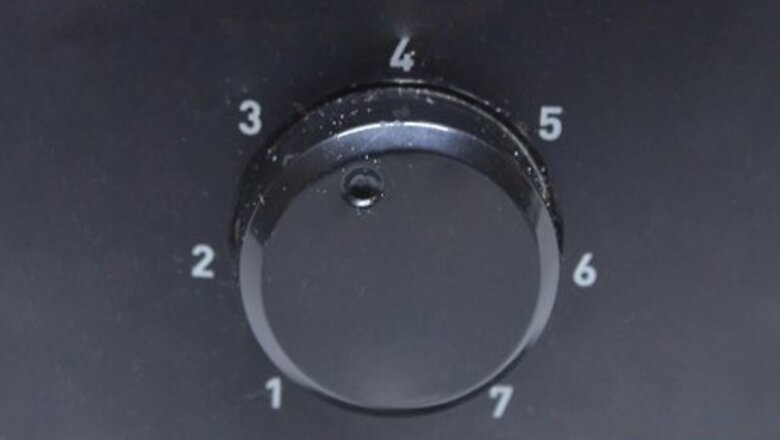
views
Mixing the Ingredients
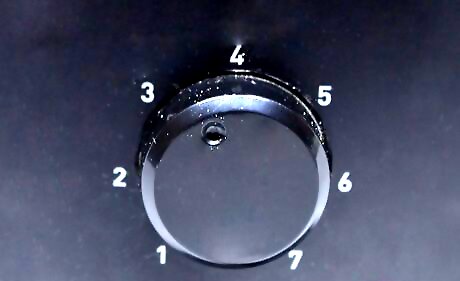
Preheat the slow cooker. To ready your slow cooker for cooking the clay, it’s important to preheat it. Plug it in, and set the temperature to low. That will allow the slow cooker to heat up slowly. While children can help with the measuring and mixing of the ingredients, an adult should handle preparing and heating the slow cooker.
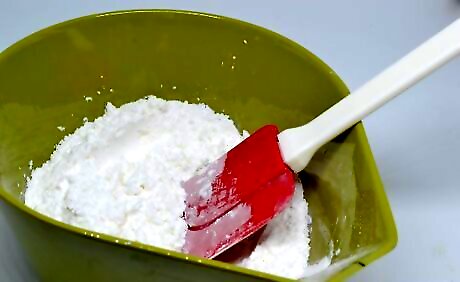
Mix the dry ingredients. Add 2 cups (250 g) of flour, 1 cup (128 g) of cornstarch, 1 cup (300 g) of salt, and ¼ cup (41 g) cream of tartar to the slow cooker’s bowl. Use a wooden spoon or whisk to ensure that they’re well blended. All-purpose flour works fine for the clay, but if you want to make a gluten-free version, use rice flour.
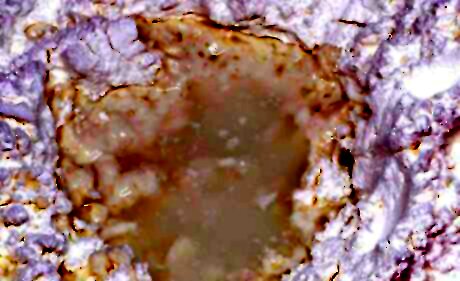
Add the water and oil. After you’ve mixed the dry ingredients in the slow cooker, pour in 2 cups (473 ml) of hot water and 2 teaspoons (10 ml) of canola oil. Stir the mixture well to ensure that all of the dry ingredients are fully incorporated. You don’t need to use boiling water. Turn the tap on your sink to hot and fill your measuring cup with water. You can substitute any type of cooking oil for the canola. For example, vegetable, corn, and olive oils will all work well.
Cooking the Clay
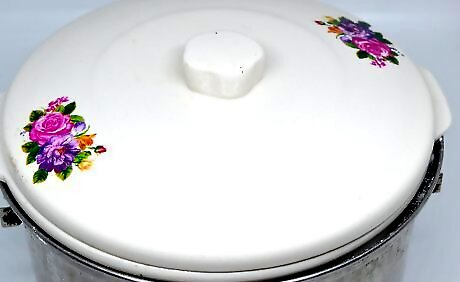
Cover the slow cooker and turn up the heat. Once all of the clay ingredients are mixed in the slow cooker, place the lid on it. Turn the heat up to high, and allow the mixture to cook for approximately 30 minutes. Placing a damp towel under the lid before you close the slow cooker can help the clay cook more quickly.
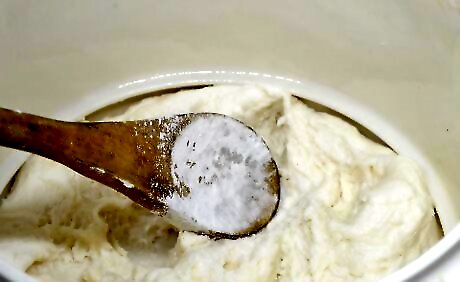
Stir the clay after 30 minutes. After the clay has cooked for approximately a half hour, remove the lid and stir the mixture well. Close the slow cooker again, and allow the clay to cook once again. The clay can take anywhere from 30 minutes to 2 hours to finish cooking. In most cases, the smaller your slow cooker, the longer the clay will take to cook. If your clay forms a ball when you stir it after the first half hour, it’s finished cooking.
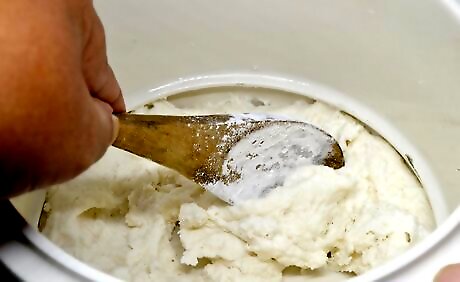
Continue checking on the clay in 30 minute intervals until it comes together. If your clay hasn’t finished cooking after the first half hour, check on it in 30 minute intervals. Stir it after each half hour. When it easily forms a ball as you stir, it’s ready.
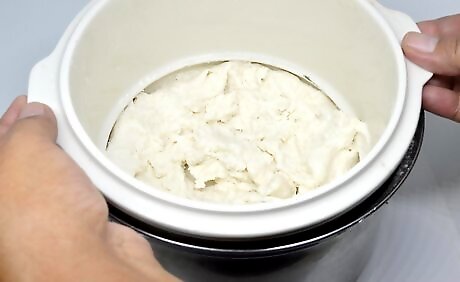
Allow the clay to cool. Once the clay is finished cooking, remove the bowl insert from the slow cooker and stir it once more. Transfer the dough to a clean, flat surface, and allow it to cool for approximately 5 minutes. It’s a good idea to line your countertop or table with wax paper before you place the clay on it.
Coloring the Clay
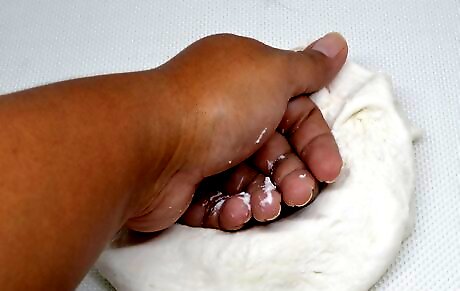
Knead the clay. When the clay is cool enough to handle, use clean hands to knead it. Continue working the clay until it is smooth, but pay attention to the texture to decide if you need to any more of certain ingredients. Be careful when handling the clay. It may still be hot. If the clay is too sticky, sprinkle some cornstarch over it and knead the clay to mix. If the clay is too dry, sprinkle some water over it and knead the clay to mix.
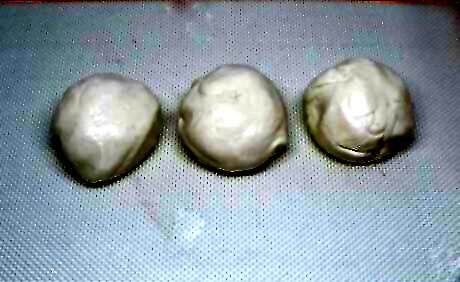
Separate the clay into several pieces. Once the clay feels smooth, break it into several pieces. Decide how many pieces you need based on how many different colors of clay you want to make. For example, if you want red, blue, and yellow clay, divide it into three equal portions. If you only want one color of clay, you can leave it as a single piece.
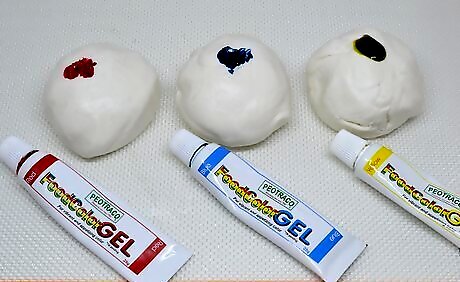
Add food coloring to each piece. After you’ve divided the clay into pieces, use a finger to poke a small indentation in the center of each. Next, add a few drops of food coloring in your chosen shade to each piece of clay. It’s best to start with a small amount of food coloring. If the clay isn’t as dark or bright as you’d like after you mix it, you can always add more. If you’re using powdered food coloring to color your clay, you don’t necessarily need to poke a hole in the dough pieces. You can just sprinkle it over the clay mounds.
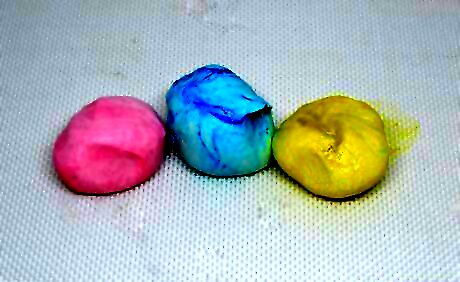
Squeeze the coloring into the clay to blend. After you’ve added the food coloring to the clay, use clean hands to knead it and mix the coloring in. Continue squeezing the clay until the color is evenly distributed. Once it’s properly colored, the clay is ready to play with. Store the clay in an airtight container to keep it from drying out. It will usually last for three to four months if stored properly.
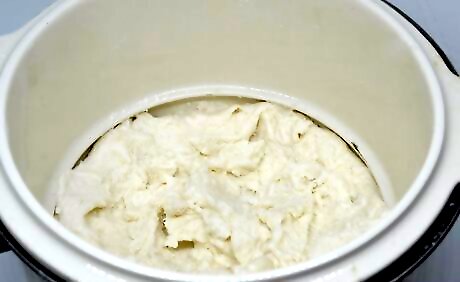
Finished.


















Comments
0 comment